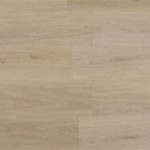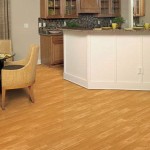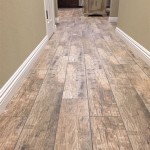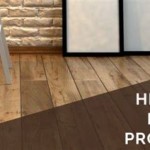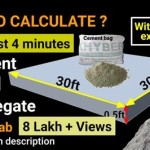The Essential Guide to Understanding Average Thickness of Engineered Wood Flooring
Engineered wood flooring has become increasingly popular due to its durability, versatility, and visual appeal. Understanding the average thickness of engineered wood flooring is crucial when selecting the right option for your flooring needs.
Engineered wood flooring is constructed with a multi-layer composition, typically consisting of a top layer of real hardwood, a core of layered plywood or high-density fiberboard (HDF), and a bottom balancing layer. The average thickness of engineered wood flooring can vary depending on the manufacturer and the intended application.
The thickness of the top layer, also known as the wear layer, is a significant factor to consider as it determines the durability and longevity of the flooring. Thicker wear layers provide greater resistance to wear, scratches, and dents, making them suitable for areas with high foot traffic or potential damage. Typical wear layer thicknesses range from 2 to 8 millimeters (mm), with 3-4 mm being the most common for residential applications.
The core layer's thickness determines the overall stability and structural integrity of the flooring. HDF is often used due to its high density and resistance to moisture and expansion. Common core thicknesses range from 9 to 12 mm, with thicker cores providing better dimensional stability.
The bottom balancing layer is typically a thin layer of veneer or plywood that helps to balance the flooring and prevent warping or cupping. Its thickness typically ranges from 1 to 2 mm.
Overall, the average thickness of engineered wood flooring ranges from 12 to 18 mm, with 14-16 mm being the most common choice for residential installations. Thicker engineered wood flooring (18 mm and above) is recommended for commercial or industrial applications where heavy loads and wear are expected.
When choosing the thickness of engineered wood flooring, factors such as the intended use, subfloor conditions, and personal preferences should be considered. It's always advisable to consult with a flooring professional for expert advice on the best thickness for your specific needs.

What Is Engineered Wood Flooring Made Of And Beyond Blog

Wear Layers On Engineered Flooring

Our Thick 6mm Wear Layer Engineered Wood Flooring Is Better

3 Layer T G Engineered Flooring Thickness 15 Mm Coswick Com

3 4 Inch Thick Engineered Baltic Birch Ply 5 8 Mm Wear Layer

4 Things To Know Before An Engineered Hardwood Floor Carlisle Wide Plank Floors

4 Things To Know Before An Engineered Hardwood Floor Carlisle Wide Plank Floors

Why Engineered Wood Floors Are Not Made Equal Unique

What Is The Best Thickness For Engineered Wood Flooring Three Trees

Solid Wood Flooring Vs Engineered
Related Posts

